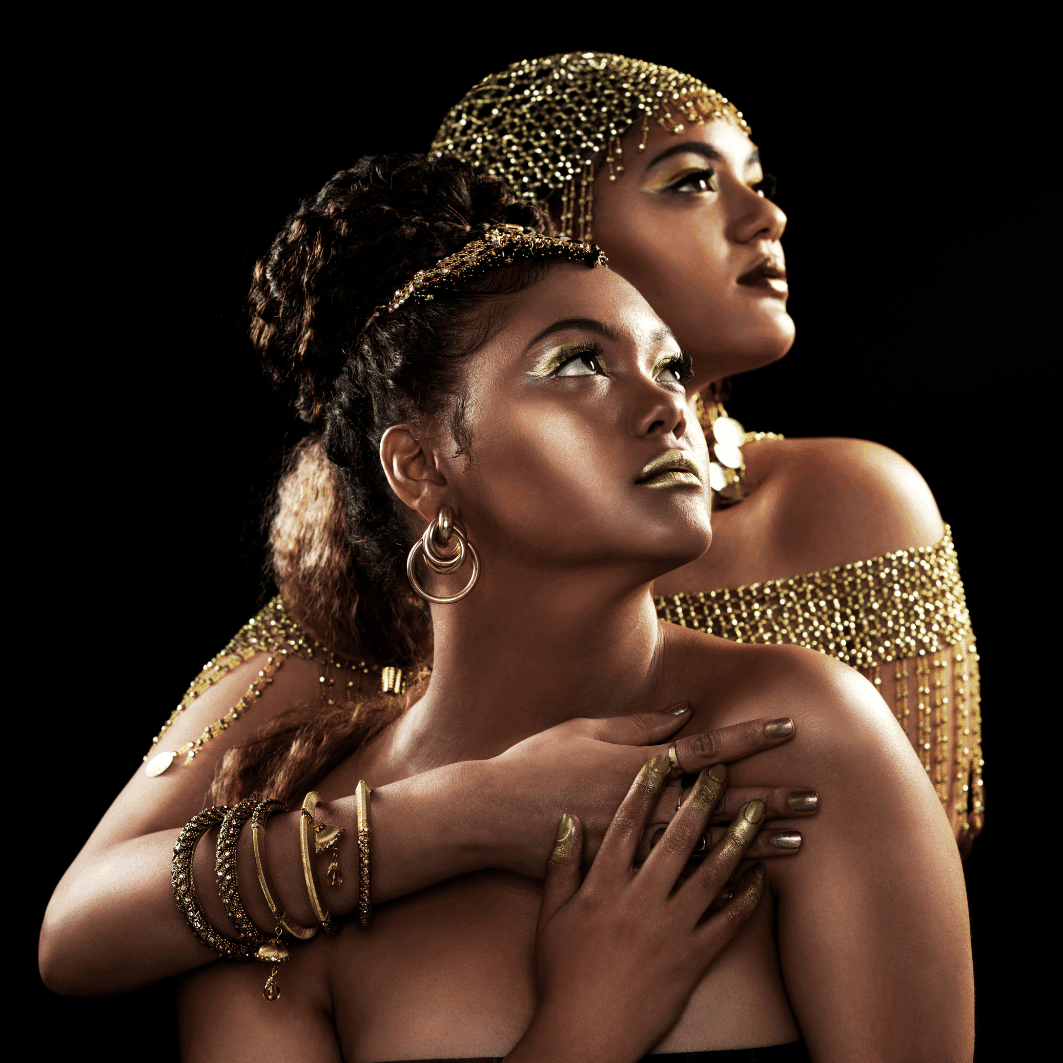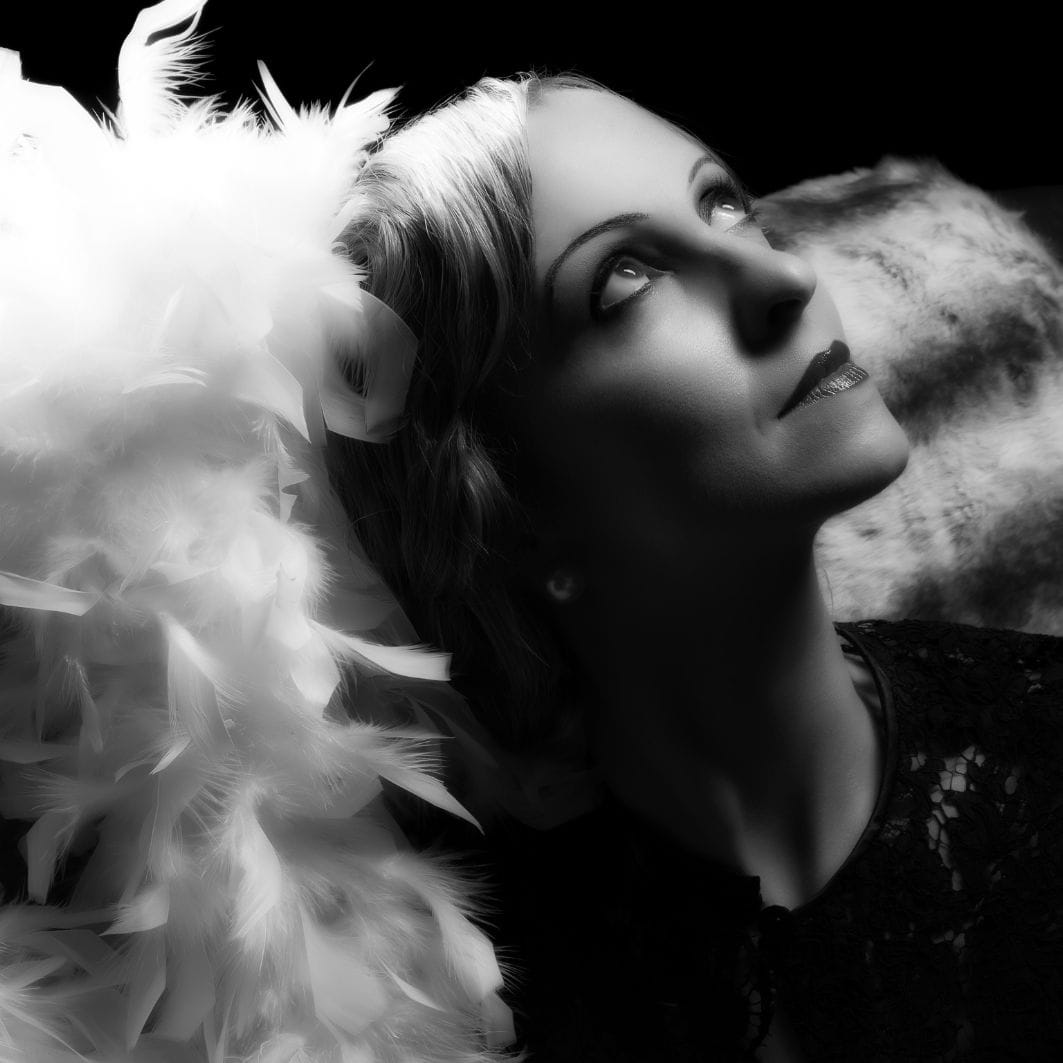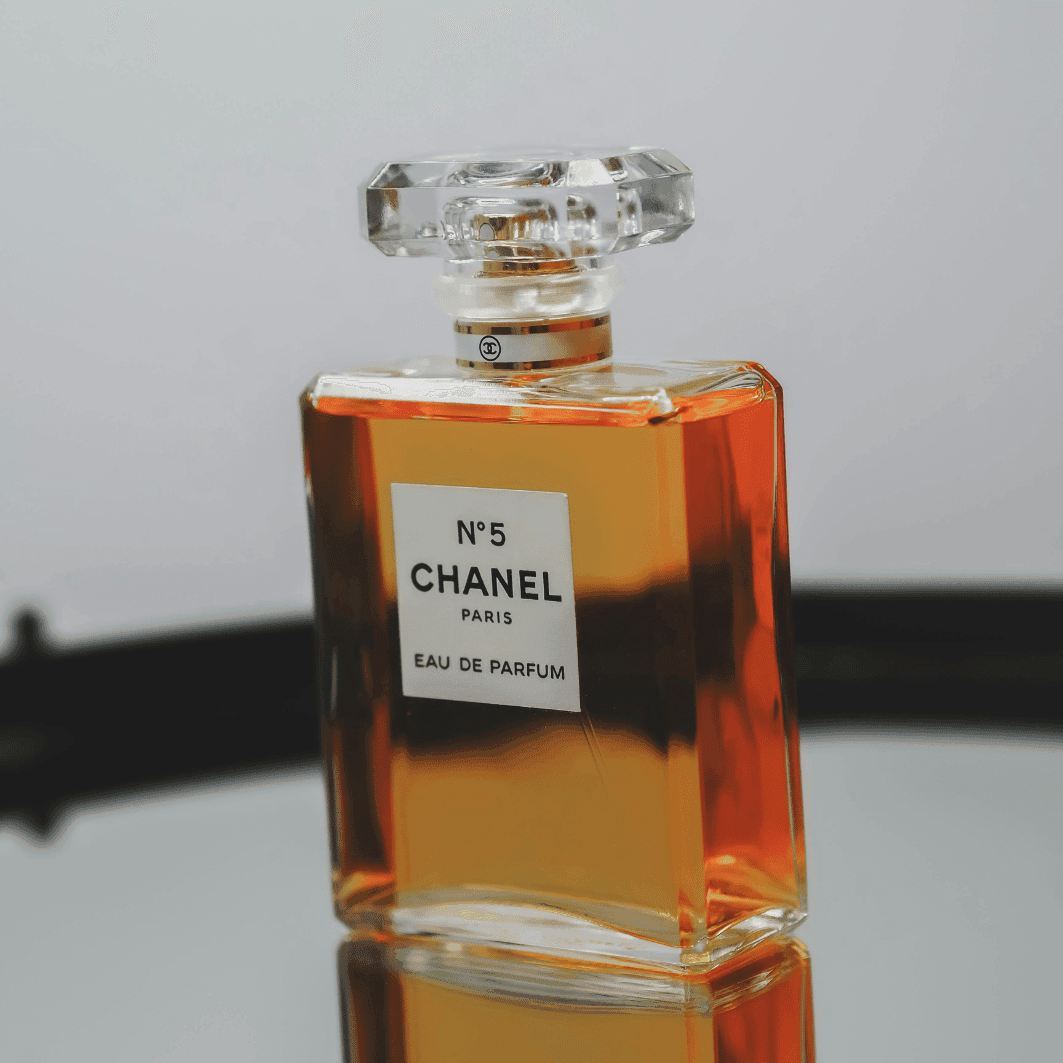The Evolution of Beauty: A Timeless Journey Through Culture Power and Identity
Beauty Face
To trace the history of beauty is to uncover a mirror held up to humanity—revealing not only what we admire, but who we aspire to be. Across centuries and civilizations, beauty has taken on many forms: a symbol of spiritual alignment, a tool of power, a canvas for self-expression, and more recently, a call for inclusivity, authenticity, and well-being.
As Beyond Beauty. Travel and Wellness continues to explore the intersections of tradition, innovation, and personal care, we invite you to journey through time—discovering how the ideals of beauty have shifted, evolved, and, at times, come full circle.

Ancient beauty
Ancient Civilizations (3000 BCE – 500 CE): Beauty as Divinity and Discipline
In ancient Egypt, beauty wasn’t just about aesthetics—it was divine. Gods and royalty were depicted with idealized symmetry and adorned in kohl, malachite, and gold. Fragrance, too, held sacred significance. Perfumed oils were used in rituals, with scents like myrrh and frankincense representing spiritual and social status.
The Greeks viewed beauty as a reflection of virtue. The concept of kalokagathia—the harmony of physical beauty and moral goodness—was central. Symmetry, clear skin, and proportion were valued, and women enhanced their features with natural pigments like crushed berries.
In Rome, beauty leaned into opulence. Elaborate skincare routines included exotic ingredients like crocodile dung and pearl powder. Pale skin signaled wealth, and cosmetics were both personal and performative.
The Middle Ages (500 – 1500 CE): Modesty, Morality, and the Bare Face
As Europe entered the medieval era, beauty ideals were shaped by the Church. The focus shifted inward—modesty, piety, and humility became the virtues of the day. Cosmetics were often frowned upon, seen as tools of vanity or deception.
Pale skin still reigned as a status marker, but it was achieved more discreetly—with rosewater, vinegar rinses, and naturally fair complexions prized. Hair was typically covered, and adornment minimal. Beauty here was less about transformation and more about restraint.
The Renaissance to Baroque (1500 – 1800 CE): Ornamentation, Opulence, and Rebirth

Beauty Renaissance
As the Renaissance bloomed, so too did the beauty ideals of self-expression and artifice. Pale skin, delicate features, and high foreheads became fashionable. Ceruse—a toxic mix of white lead and vinegar—was used to create a porcelain complexion.
In the Baroque era, beauty became a theatrical performance. Wigs grew taller, rouge brighter, and scents stronger. Courtly women used mouches (small velvet patches) to decorate their faces, each placement carrying a secret flirtatious meaning. Beauty reflected social status, indulgence, and the growing tension between nature and excess.
The 19th & Early 20th Centuries: Natural Ideals and the Birth of Celebrity Beauty
The Victorian era brought a return to modesty and the ideal of the “natural” woman—albeit one whose appearance still conformed to rigid standards. Rosy cheeks and lips were acceptable but had to appear effortless. Homemade concoctions replaced elaborate cosmetics, as makeup was still viewed with suspicion.
In the 1920s and beyond, Hollywood changed everything. Film stars like Greta Garbo and Marlene Dietrich introduced a new era of glamour. Thin brows, dramatic eyes, and contoured cheekbones became the aspirational look. With cinema came the rise of beauty as performance, and for the first time, the global export of a singular, modern beauty ideal.

Greta Garbo
The Modern Age (1980s–Present): Identity, Innovation, and the Rise of Inclusivity
The late 20th century introduced a beauty landscape driven by mass media, branding, and aspiration. From the supermodels of the ’90s to the contour culture of the 2010s, beauty became big business. But beneath the surface, deeper movements were taking root.
Today, beauty is being redefined—again. Fueled by social media, technology, and cultural introspection, we’re seeing a more inclusive, transparent, and personalized industry emerge. Consumers are seeking authenticity over perfection, heritage over hype, and products that reflect their values—not just their skin tone.
Gourmand scents offer comfort in a turbulent world.
Project Pan and sustainable beauty movements push against overconsumption.
C-beauty and other culturally grounded brands are reclaiming narrative power from Western ideals.
AI-driven beauty tools and ingredient transparency are shaping new consumer expectations.
The global luxury market, especially in regions like Saudi Arabia, reflects this shift. There, convenience, wellness, and personalization define modern luxury, and beauty is deeply tied to identity and intentional living.

Chanel No5